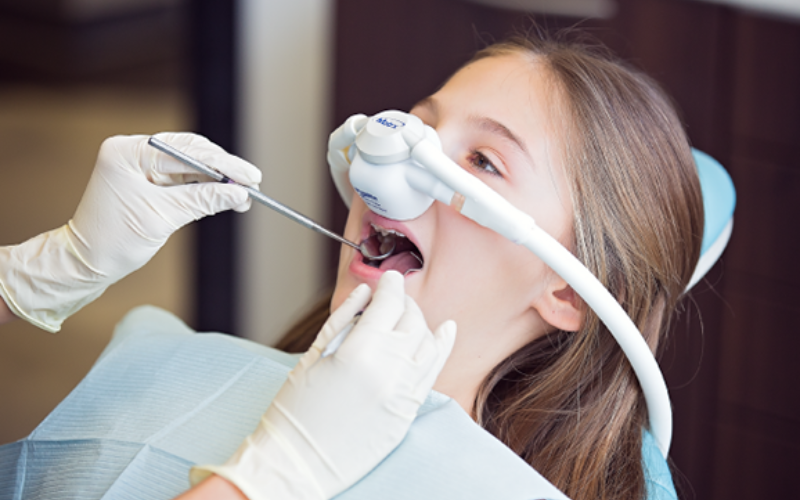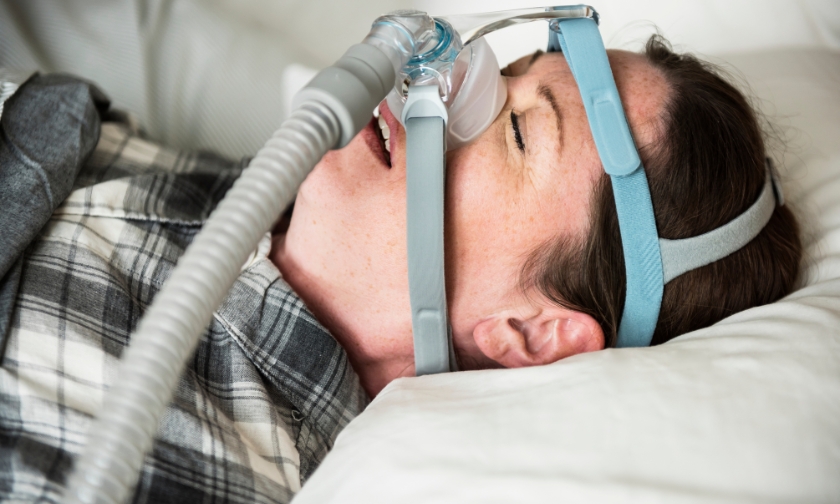Comparing Different Types Of Sedation: Which One Is Right For You?

Sedation dentistry has revolutionized the way patients experience dental care, particularly for those with anxiety or those undergoing complex procedures. The different sedation methods available vary in intensity, duration, and suitability for different individuals. Here’s a breakdown of the most common types of sedation used in dentistry and how to determine which one is right for you.
Sedation: A Brief Overview
Sedation refers to the use of medications to help patients relax, calm their nerves, or even sleep during medical or dental procedures. In dentistry, sedation is commonly used to ease anxiety, reduce discomfort, and help patients undergo treatments without fear or stress.
Depending on the level & types of sedation, patients may remain fully conscious, semi-conscious, or completely unconscious throughout the procedure. Sedation is especially helpful for people with dental phobia, sensitive gag reflexes, or those needing complex treatments.
Exploring Your Sedation Options: Find The Perfect Fit for a Stress-Free Dental Story
1. Nitrous Oxide Sedation (Laughing Gas)
Nitrous oxide, commonly known as ‘laughing gas,’ is the mildest form of sedation dentistry. It’s inhaled through a mask placed over your nose, helping you feel relaxed and calm throughout your dental procedure.
- Ideal for: Patients with mild anxiety or those undergoing simple, routine procedures.
- Advantages:
- Takes effect quickly and wears off almost immediately after the procedure.
- You remain conscious and aware but feel calm and less sensitive to discomfort.
- You can drive home after the procedure since the effects wear off quickly.
2. Oral Sedation
Oral sedation involves taking a pill (typically a benzodiazepine like Valium or Halcion) before your appointment to reduce anxiety. The medication relaxes you, though you remain awake and can respond to instructions.
- Ideal for: Patients with moderate dental anxiety or those undergoing longer procedures.
- Advantages:
- It’s easy to take, requiring just a pill before the procedure.
- You’re still awake, but you may feel drowsy or groggy, with limited memory of the procedure.
- It offers deeper sedation than nitrous oxide but still allows you to stay conscious.
3. IV Sedation
Intravenous (IV) sedation delivers medication directly into your bloodstream through a vein, allowing for a deeper level of relaxation than oral sedation or nitrous oxide. You may feel like you’re asleep, though you’re actually in a deeply relaxed, semi-conscious state.
- Ideal for: Patients with severe dental anxiety, those undergoing complex or lengthy procedures, or individuals with strong gag reflexes.
- Advantages:
- Takes effect quickly since it’s administered directly into your bloodstream.
- The dentist can adjust the sedation level throughout the procedure.
- You’ll likely have no memory of the procedure, which is beneficial for patients with extreme dental phobia.
How To Choose The Right Sedation Method for You?
Selecting the best sedation method depends on several factors, including your anxiety level, the complexity of your dental procedure, and your overall health. Here’s what to consider:
- Anxiety Level: If you experience mild to moderate dental anxiety, nitrous oxide or oral sedation may be sufficient. However, if your anxiety is severe, IV sedation or even general anesthesia might be better options.
- Procedure Type: For routine cleanings or fillings, nitrous oxide or oral sedation works well. For more invasive procedures like root canals, oral surgery, or implants, deeper sedation like IV sedation or general anesthesia may be more appropriate.
- Medical Conditions: Certain medical conditions or medications can affect how your body responds to sedation. Always discuss your full medical history with your dentist so they can recommend the safest option.
- Aftercare Needs: Some sedation methods, like nitrous oxide, wear off quickly, allowing you to resume normal activities shortly after. Others, like IV sedation or oral sedation, require more recovery time, and you’ll need someone to accompany you home.
So, you got to know that while discussing on the types of sedation, each type has its benefits and ideal uses. Whether you’re looking for light relaxation with nitrous oxide or need the deep, calming effects of IV sedation or general anesthesia, your dentist can help guide you toward the best option for your situation.
By discussing your anxiety level, the procedure involved, and any medical conditions, you’ll find the sedation method that ensures your dental experience is as comfortable and stress-free as possible.



